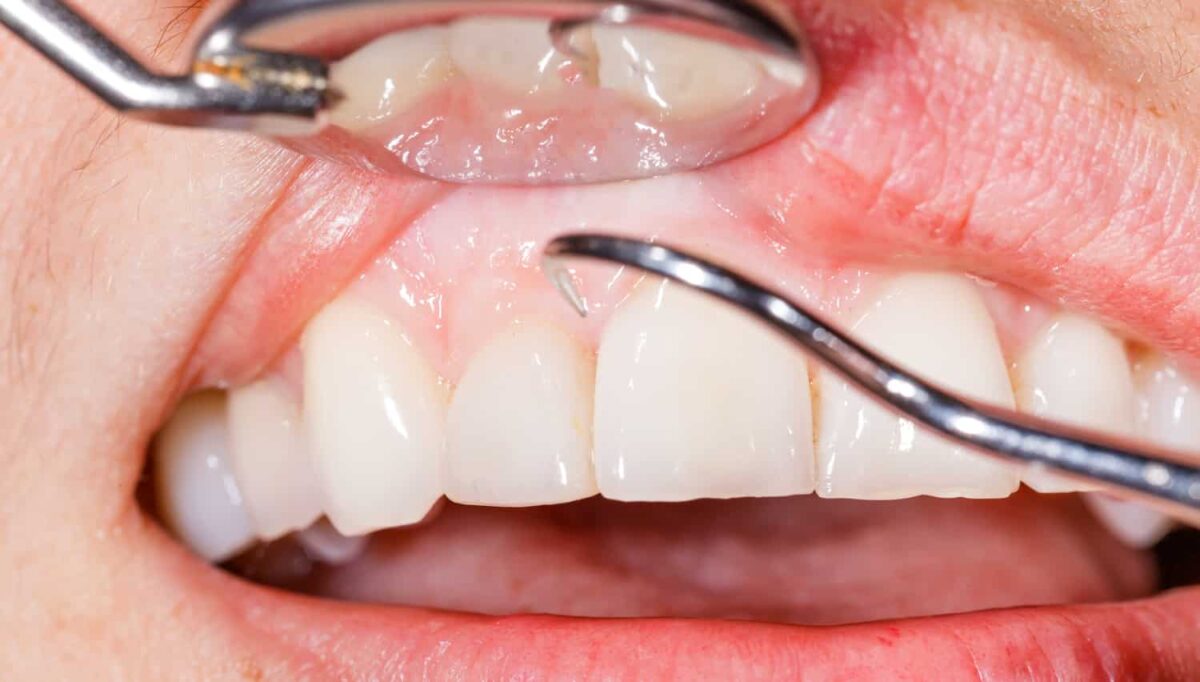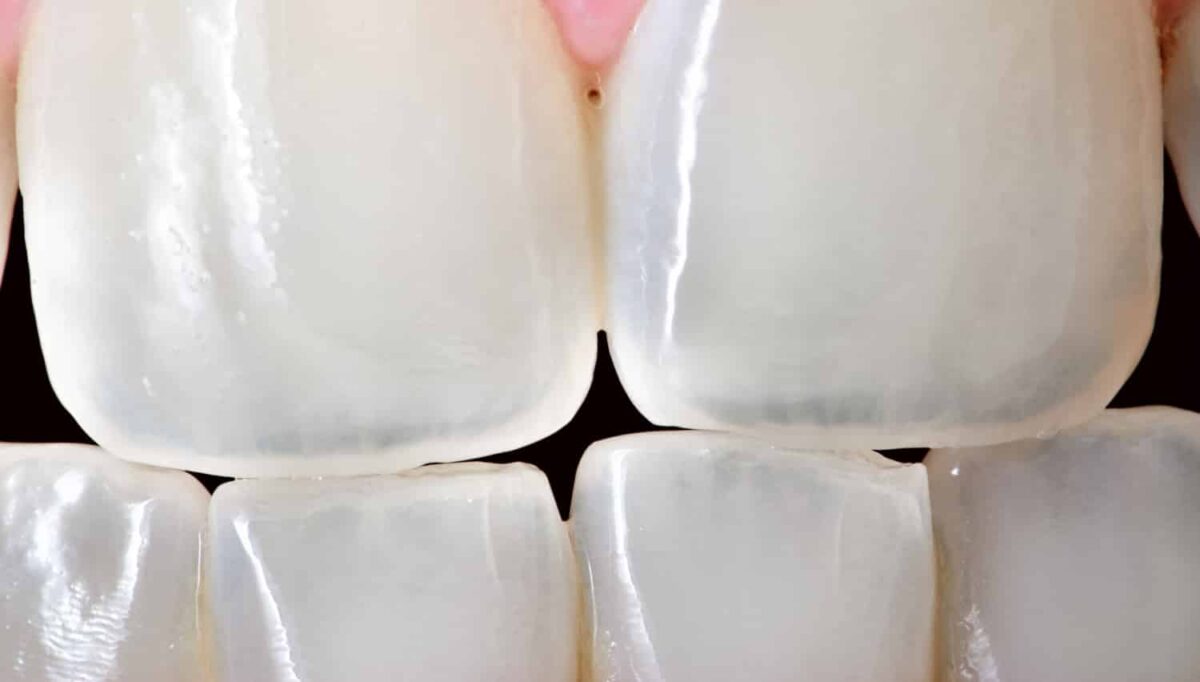Your smile is one of the first things people notice about you, so it makes sense to feel self-conscious if your teeth aren’t as white as you’d like. Teeth discoloration can happen for a variety of reasons. Some of these are avoidable whereas others happen naturally over time.
Some of the top causes of teeth staining or discoloration include:
Certain Foods/Drinks
Some foods and drinks can stain your teeth, especially if you have a lot of them over time. This occurs if the food or drink is highly pigmented or has tannins. Acidity also poses an issue since it can open up the pores in your teeth’s enamel, making it easier for further stains to develop.
These foods and drinks can lead to teeth staining:
- Red wine
- Coffee
- Tea
- Cola
- Soy sauce
- Tomato-based sauces
- Balsamic vinegar
- Dark berries
This doesn’t mean you need to avoid these foods and drinks at all times. Instead, just be mindful of whether or not you notice staining after having them and adjust accordingly.
Tobacco Use
Smoking can do serious damage to your teeth. Tobacco can cause yellow staining of your enamel. It also increases the risk of gum disease, tooth decay, and other oral health issues.
Poor Dental Hygiene
Keeping up with oral hygiene is essential for the health and appearance of your teeth. You need to brush twice a day, floss once a day, and visit your dentist regularly. Not doing this can result in cosmetic issues like discoloration as well problems with your dental health.
Aging
As you get older, teeth discoloration will occur naturally as your teeth’s enamel wears down. This will start to reveal the core of your teeth (known as dentin), which is yellow in color. As a result, it may seem like your teeth are stained when this isn’t actually the case.
How Can You Fix Teeth Discoloration?
The best way to treat discolored or stained teeth will depend on the cause of the issue.
Teeth whitening is a great option for removing stains in the enamel. The treatments we offer at Smith Dentalworks are stronger than over-the-counter whitening strips and gels. We also have in-office treatments if you need your teeth whitened more quickly.
If the discoloration does not respond to whitening, or if you prefer not to have to continue whitening treatments to maintain the color, porcelain veneers are an excellent option. These are thin shells that cover the front of your teeth and can address a wide variety of cosmetic issues, including teeth discoloration. If you have other changes you would like to make at the same time, veneers allow you to do so.
Cosmetic Dental Treatment in Oro Valley
At Smith Dentalworks, we can help give you the smile of your dreams. We offer teeth whitening, veneers, and other cosmetic dentistry options as well as preventative and restorative care. We use the latest technology to make dental care simple and pain-free.











